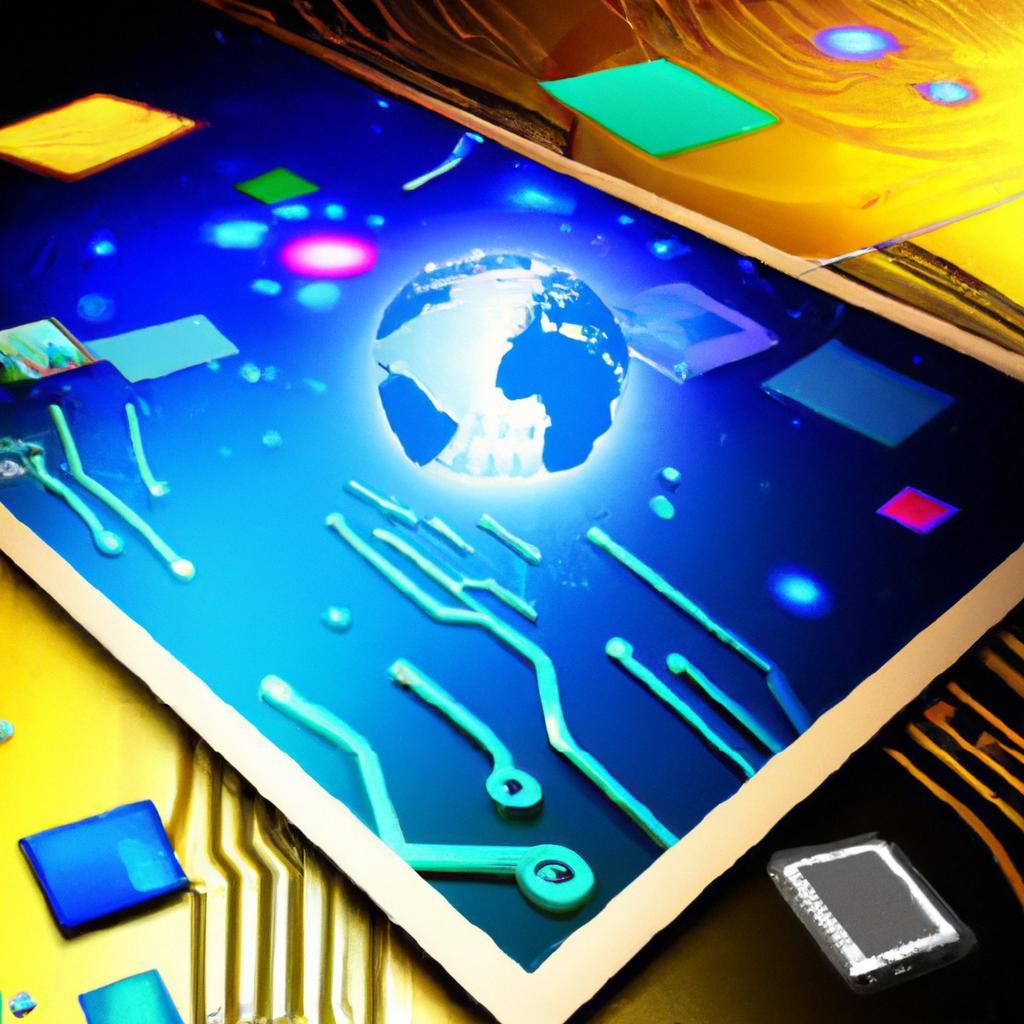
How to Design for the Internet of Things (IoT)
In a world where everyday objects are becoming smarter and more connected, designing for the Internet of Things (IoT) has never been more crucial. From smart homes to wearable technology, the possibilities are endless when it comes to integrating technology into our daily lives. Join us as we explore the principles and best practices for designing in this rapidly evolving landscape.
Table of Contents
- Understanding IoT Ecosystems
- Embracing User-Centered Design Principles
- Leveraging Data Security and Privacy Measures
- Implementing Scalable and Interconnected Frameworks
- Q&A
- Concluding Remarks
Understanding IoT Ecosystems
In designing for IoT ecosystems, it is crucial to consider the various interconnected devices, sensors, and data points that make up the network. By understanding the complexities of IoT systems, designers can create seamless user experiences that cater to the interconnected nature of these devices.
One key aspect to consider is the importance of data security and privacy in IoT design. Implementing encryption protocols, authentication mechanisms, and secure communication channels can help protect sensitive data transmitted between devices. Additionally, designing for interoperability and scalability ensures that IoT systems can easily adapt to new devices and technologies as they are introduced into the ecosystem. Embracing open standards and protocols allows for better compatibility and integration between different devices, leading to a more cohesive IoT ecosystem overall.
Embracing User-Centered Design Principles
When designing for the Internet of Things (IoT), it is essential to prioritize user-centered design principles to ensure that the end product is not only functional but also intuitive and user-friendly. By embracing these principles, designers can create connected devices that seamlessly integrate into users’ lives, enhancing their overall experience with technology.
One way to incorporate user-centered design into IoT products is to prioritize simplicity and ease of use. This can be achieved by conducting user research to understand the needs and preferences of the target audience, creating intuitive interfaces, and providing clear instructions for setup and operation. Additionally, designers should focus on creating a seamless user experience across all devices and platforms, ensuring that users can easily interact with their IoT devices regardless of the technology they are using.
Leveraging Data Security and Privacy Measures
In designing for the Internet of Things (IoT), it is crucial to prioritize data security and privacy measures. Without adequate protection, the vast amount of data collected by IoT devices can be vulnerable to cyber threats and breaches. To ensure the safety of user information, developers should implement strong encryption protocols and secure communication channels.
Another key aspect of designing for IoT is to prioritize user consent and transparency regarding data collection and usage. It is essential to clearly communicate to users what data is being collected, how it will be used, and provide them with options to control and manage their privacy settings. By respecting user privacy preferences, developers can build trust with their customers and create a more secure IoT ecosystem.
Implementing Scalable and Interconnected Frameworks
Creating a successful design for the Internet of Things (IoT) requires a deep understanding of how to implement scalable and interconnected frameworks. When building for IoT, it is crucial to prioritize flexibility and adaptability to accommodate the ever-evolving nature of connected devices. By adopting modular design principles, developers can ensure that their frameworks can easily scale to support a growing number of devices and functionalities.
Furthermore, interoperability is key when designing for IoT. Ensuring that devices can seamlessly communicate with each other across different protocols and platforms is essential for creating a cohesive user experience. By incorporating standardized communication protocols and APIs, developers can build a framework that promotes interoperability and allows for easy integration with other IoT devices and services.
Q&A
Q: What exactly is the Internet of Things (IoT)?
A: The Internet of Things refers to a network of interconnected devices that can communicate and share data with each other over the internet.
Q: Why is designing for the IoT important?
A: Designing for the IoT is important because it allows for the seamless integration of devices and technologies, creating more efficient and convenient user experiences.
Q: What are some key considerations when designing for the IoT?
A: Some key considerations when designing for the IoT include security, interoperability, user experience, and scalability.
Q: How can designers ensure the security of IoT devices?
A: Designers can ensure the security of IoT devices by implementing strong encryption protocols, regular software updates, and secure authentication methods.
Q: How can designers create a seamless user experience for IoT devices?
A: Designers can create a seamless user experience for IoT devices by focusing on intuitive interfaces, easy setup processes, and proactive user support.
Q: What are some common challenges in designing for the IoT?
A: Some common challenges in designing for the IoT include compatibility issues, data privacy concerns, and the need for constant innovation.
Q: How can designers stay ahead of the rapidly evolving landscape of IoT technologies?
A: Designers can stay ahead of the rapidly evolving landscape of IoT technologies by staying informed about industry trends, experimenting with new technologies, and collaborating with other experts in the field.
Concluding Remarks
As we continue to immerse ourselves in a digitally connected world, designing for the Internet of Things is an essential skill that will only become more relevant in the future. By incorporating these principles into your work, you can create innovative and impactful solutions that enhance the way we live, work, and interact with our surroundings. So, let your creativity and imagination run wild as you explore the possibilities of designing for the IoT. Embrace the challenge, and watch as your designs come to life in a world of endless connectivity and opportunity. The future is yours to design – so why not start now?

